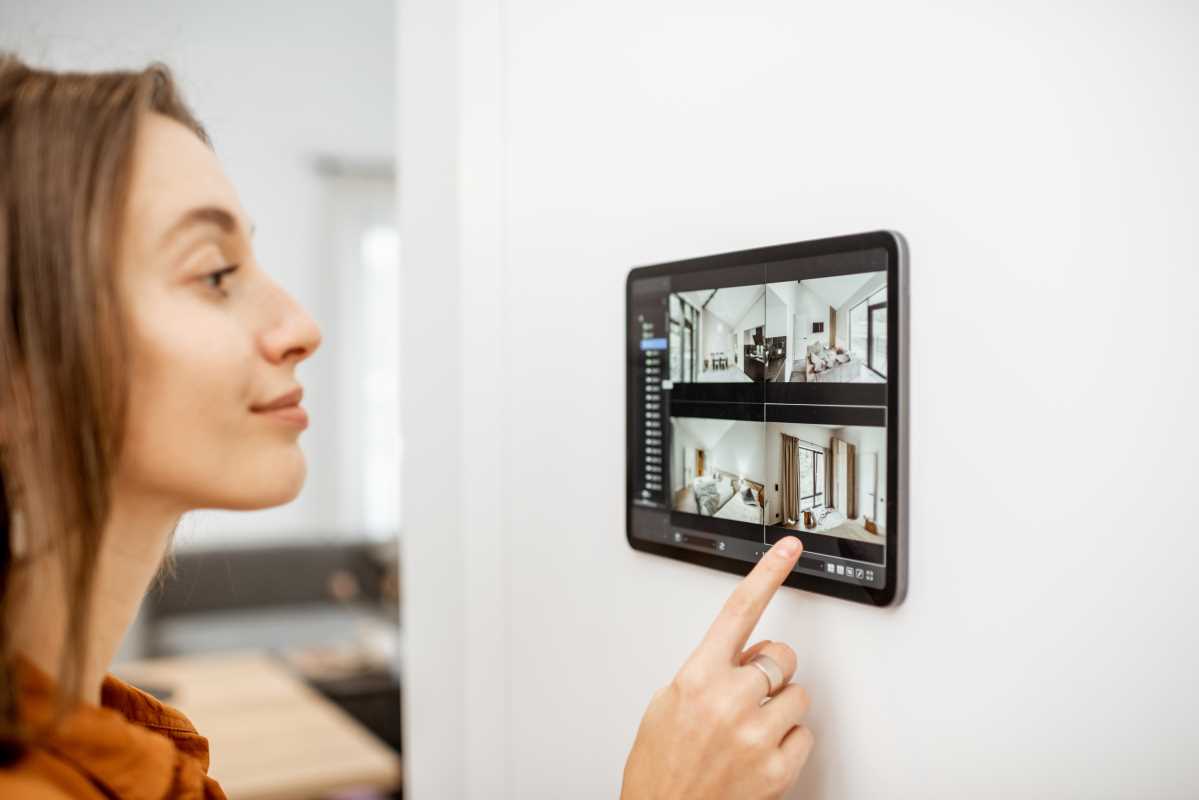Envision a home that anticipates your needs, adjusting the lighting, temperature, and even brewing your morning coffee before you step out of bed. Smart home technology is reshaping daily life, streamlining routines with automation and voice-controlled devices. From security systems that recognize your face to appliances that learn your preferences, these innovations bring unprecedented convenience and efficiency. However, as more aspects of life become interconnected, the risk of cyber threats grows. Securing your smart home is no longer optional—it’s a necessity to safeguard personal data, prevent hacking attempts, and ensure that the technology designed to enhance your life doesn’t compromise your privacy and security.
The Rise of Smart Homes
- As of 2023, over 45% of households in the United States have at least one smart device.
- The global smart home market is projected to reach $174 billion by 2025.
- Voice-activated assistants like Amazon Alexa and Google Assistant are becoming standard in modern homes.
- Smart security systems are experiencing a 30% annual growth rate, highlighting increased consumer interest in home safety.
- Energy management devices are reducing household energy consumption by up to 20%, showcasing the efficiency benefits of smart technology.
Understanding Cybersecurity Threats
- Hacking: Unauthorized access to smart devices allows hackers to control home systems remotely.
- Data Theft: Personal data collected by smart devices can get stolen and misused for identity theft or fraud.
- Unauthorized Access: Weak passwords and unsecured networks enable intruders to gain entry to your smart home ecosystem.
- Botnets: Compromised devices can form botnets, which launch large-scale cyberattacks.
- Ransomware: Malicious software can lock you out of your devices until a ransom is paid.
Protective Measures for Smart Home Devices
- Secure Your Wi-Fi Network: Use strong, unique passwords and enable WPA3 encryption to protect your wireless network from intruders.
- Use Strong Passwords: Ensure that all your smart devices have robust, unique passwords to prevent unauthorized access.
- Regularly Update Firmware: Keep your devices updated with the latest firmware to patch security vulnerabilities and enhance protection.
- Implement Firewalls: Use hardware or software firewalls to monitor and control incoming and outgoing network traffic.
- Segment Your Network: Create separate networks for your smart devices and personal devices to limit potential breaches.
- Disable Unused Features: Turn off any unnecessary features or services on your devices to reduce potential entry points for hackers.
- Monitor Device Activity: Keep an eye on your devices for any unusual activity that might indicate a security breach.
Role of AI in Enhancing Security
Artificial Intelligence plays a pivotal role in strengthening smart home security. By analyzing vast amounts of data in real-time, AI systems detect unusual patterns and potential threats before they escalate. Machine learning algorithms continuously improve their threat detection capabilities, adapting to new cyber threats as they emerge. This proactive approach makes AI a powerful tool for addressing the cybersecurity challenge faced by smart homes today. AI can automate responses to detected threats, ensuring swift and effective mitigation without human intervention.
AI-driven security cameras can distinguish between regular and suspicious activities, reducing false alarms and enhancing the reliability of home security systems. Integration of AI in smart home devices boosts security and offers a more seamless and intelligent user experience, making it easier for homeowners to manage their security settings and respond to potential threats efficiently.
Future Trends in Smart Home Security
As technology continues to evolve, the future of smart home security looks promising with several exciting trends on the horizon. Biometric authentication, such as facial recognition and fingerprint scanning, is set to become more prevalent, providing an additional layer of security that is both convenient and hard to bypass. Enhanced encryption methods will ensure that data transmitted between devices remains secure, safeguarding against eavesdropping and data breaches.
Integration of advanced sensors and Internet of Things (IoT) devices will create more interconnected and intelligent security systems capable of anticipating and responding to threats in real-time. Collaboration between device manufacturers and cybersecurity experts will lead to the development of standardized security protocols, ensuring a higher baseline of protection across all smart home products. Increased consumer awareness and education about cybersecurity will help homeowners make informed decisions about their smart home configurations, driving demand for more secure and user-friendly devices.
As smart homes grow more connected, strong cybersecurity is key to protecting personal data and device functionality. Proactive measures and AI integration help ensure a safe and efficient smart living experience.







